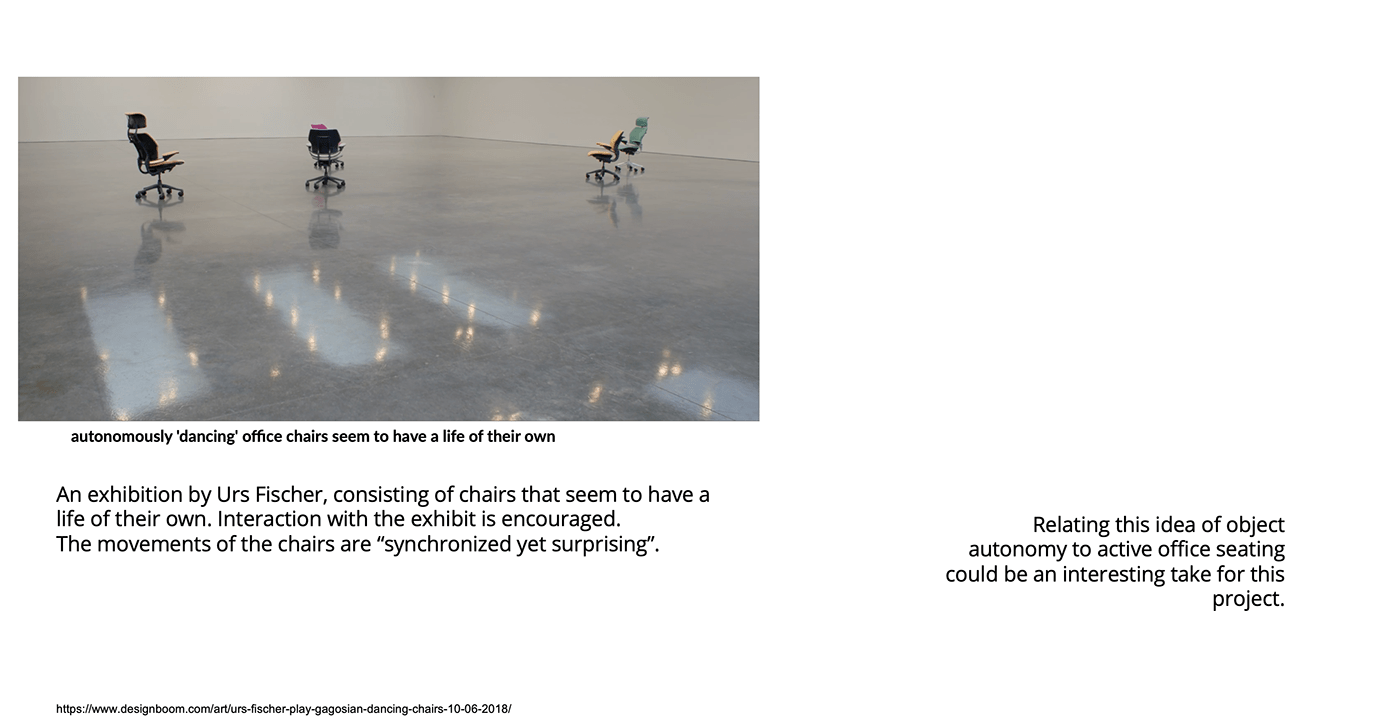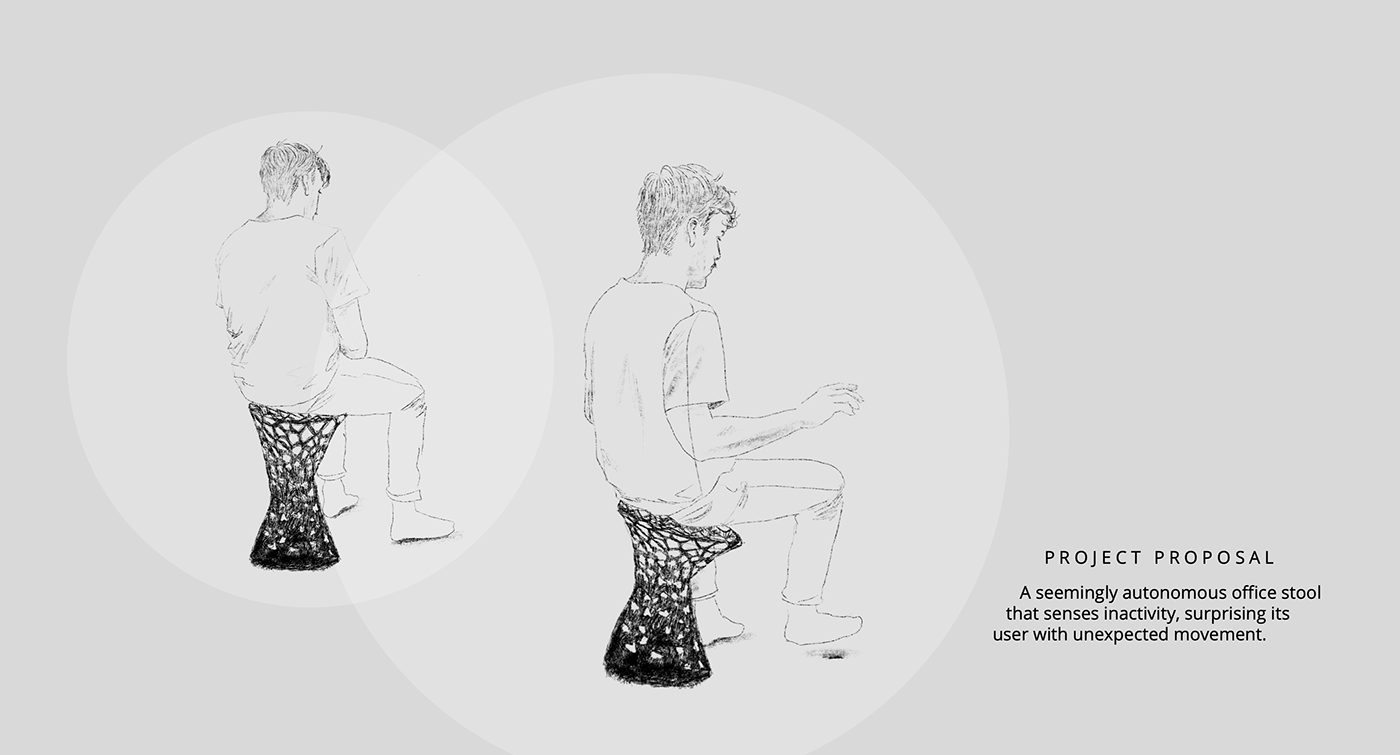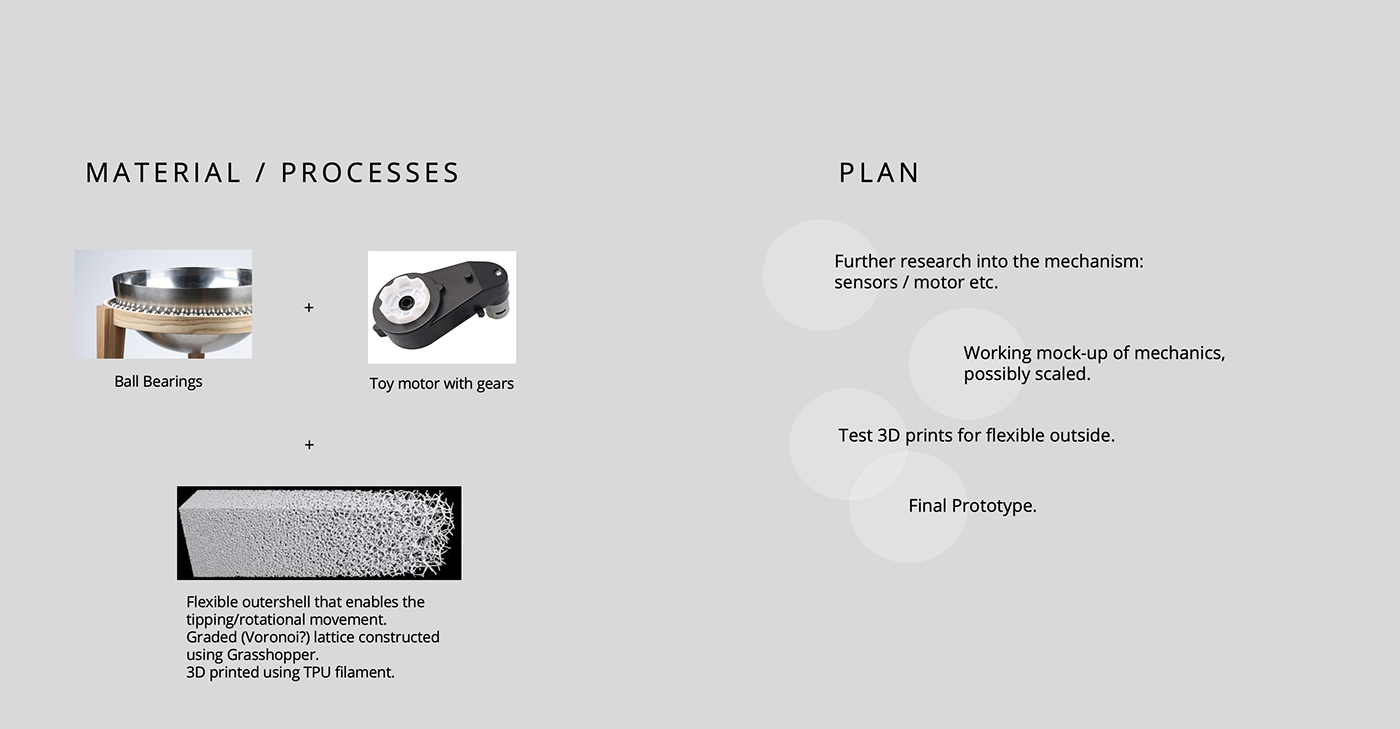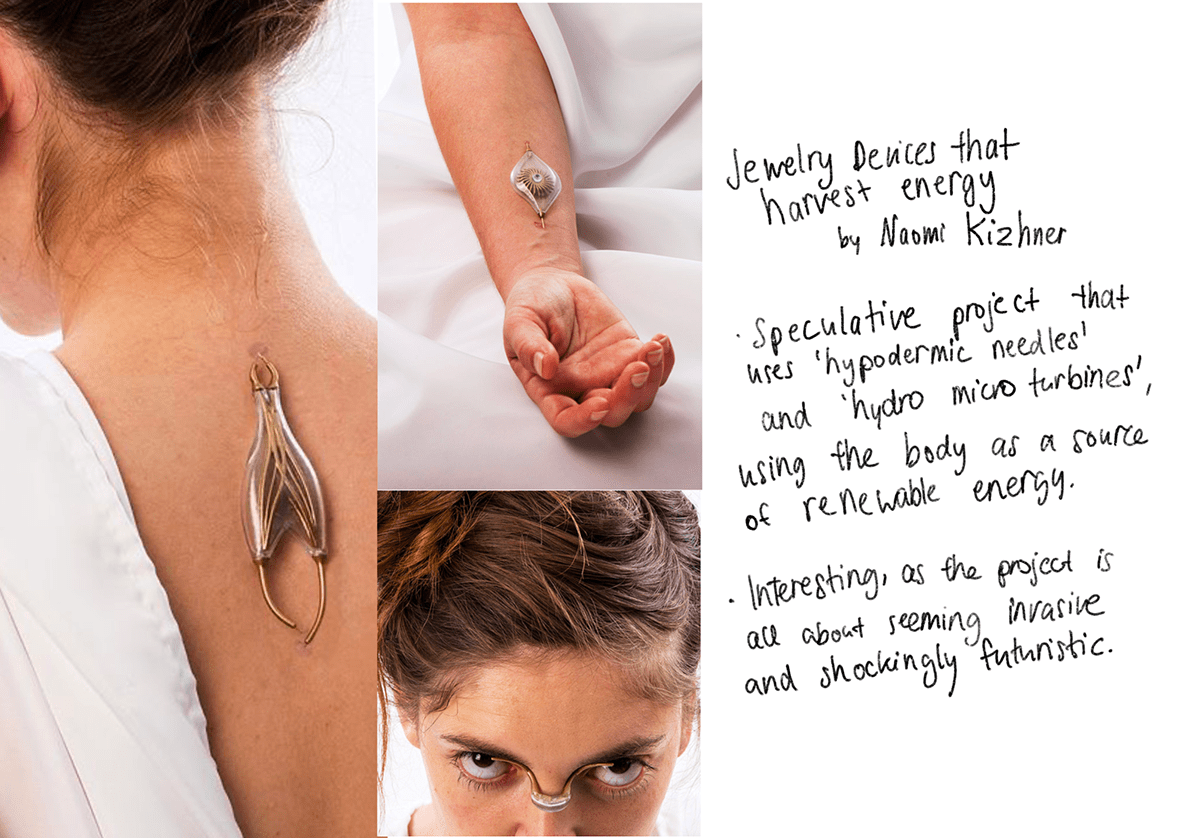
I N D N 3 4 1 B l o g
I n n o v a t i v e
M e d i u m s.
PART ONE: THE PLANNING STAGE
1.1 Researching futuristic, provocative innovation where integration of design and technology play a key role.


1.2 Compare examples and their elements.





1.3 and 1.4 Developing Ideas
Background reading:


Sketches:

Concept Idea:


Details:



/ / / / / / / / / / / /
A complete / / / / /
\\ c\h\a\n\g\e\ \ \ \
/ / / / / / / / / / / / in\
\ \ \ \ \ \ PLANS \ \ \ / / / / / / / / / / / .
Reflecting on this proposal,
I have decided to head into a different direction for this project.
Instead of furniture, this project will focus on developing wearable smart jewellery, that monitors daily health in a non-invasive way.
B A C K G R O U N D
R E S E A R C H
Biosensors
Biosensors are sensors that quantify dynamic physiological, biochemical, or environmental signals in real time through highly sensitive, miniaturized sensing platforms.
Examples of measurements using biosensors include heart rate, blood pressure, blood oxygen, temperature, and biochemical markers (Marco Di Rienzo, 2021).
Wearable biosensors are sensorized electronic devices with transmitting capabilities. This technology can provide seamless physiological monitoring, which has the potential of radically changing healthcare from the current reactive, and one-size-fits-all model, to a system that is proactive and personalised (Sangeeth Pillai, 2021).
Continuous Monitoring through Wearable Technology
The concept of real-time and continuous monitoring presents a change to how healthcare monitoring systems exists; measuring and analysing long-term data patterns enables the establishment of a personal health baseline. This approach to data-driven medicine is thereby personalised, preventative, and has the power of improving quality of life (Standford, 2018).

Examples of Application
Wearable biosensor devices are already being used in the medical and healthcare industry, including use in:
> Tracking heart rates in cardiac patients after being discharged from hospital.
>Tracking athlete performance before, during, and after an activity.
> Wearable glucose sensors that monitor blood sugar levels for diabetics (TechPrint Inc, 2019).
Many other technologies and devices exist in this field; internal body temperature can be measured as an indicator for ovulation, and stress levels can be measured from a wristband 'Q sensor' - a tool in detecting oncoming emotional shifts in autistic children.
Gao, W. (2012). Bioelectronic Devices for Personalized and Precision Medicine: from Wearable Sensors to Medical Nanorobots. Caltech California Institute of Technology.
Marco Di Rienzo, R. M. (2021). Wearable and Nearable Biosensors and Systems for Healthcare. Wearable and Nearable Biosensors and Systems for Healthcare).
Sangeeth Pillai, A. U. (2021). Advances in Medical Wearable Biosensors: Design, Fabrication and Materials Strategies in Healthcare Monitoring. Molecules.
Standford (Director). (2018). Real-Time Biosensor Technology with Tom Soh [Motion Picture].
TechPrint Inc. (2019). WEARABLE BIOSENSORS IN MEDICAL APPLICATIONS. Retrieved from TechPrint Inc: https://www.techprintinc.com/blog/wearable-biosensors-medical-applications/
Current Products that use Biosensor Technology

The Apple Watch is an interesting example of incorporating biosensors into daily life in an effortless way: many people already wear watches, meaning the addition of this device to their lifestyle is very intuitive.

The Oura Ring explores the concept of gathering biological data through a wearable ring, providing personalised feedback and predictions. The device relies heavily on an app to communicate its findings.

This mood ring uses data based on galvanic skin response to analyse stress levels. This isn't communicated through the ring - an app must be opened to see any data.

Visual Moodboard










